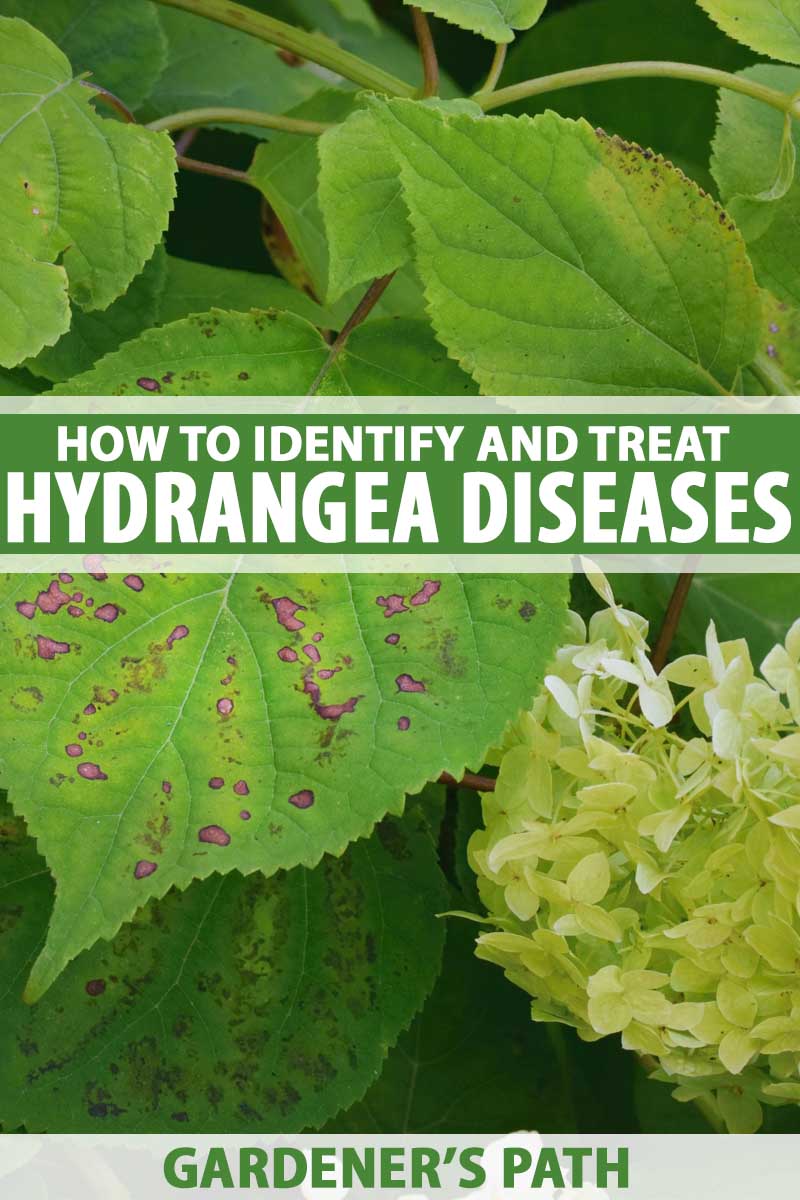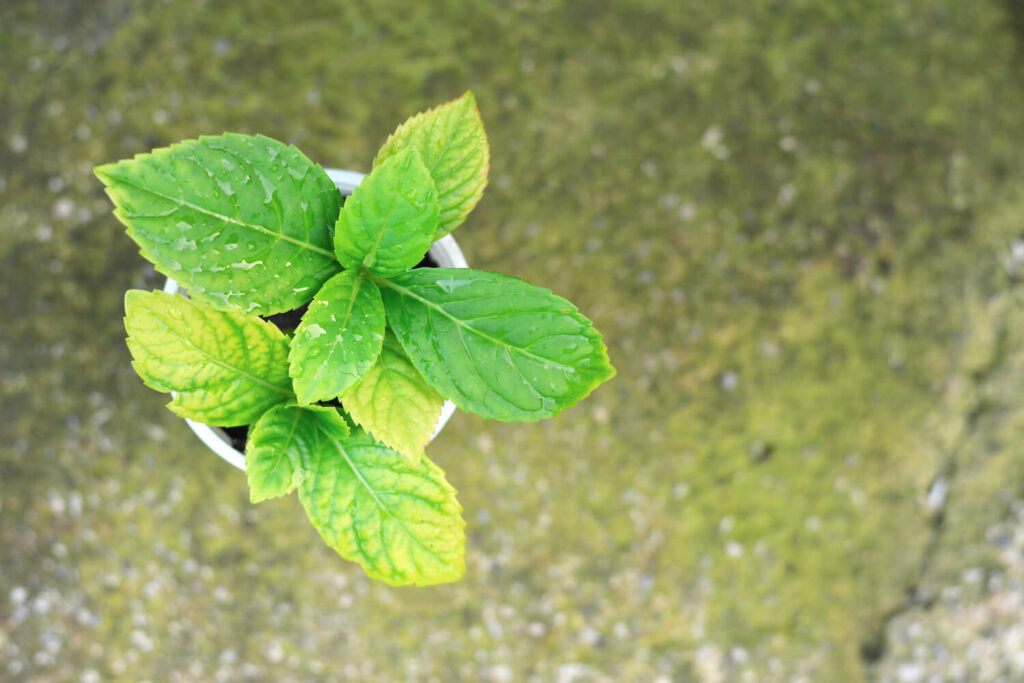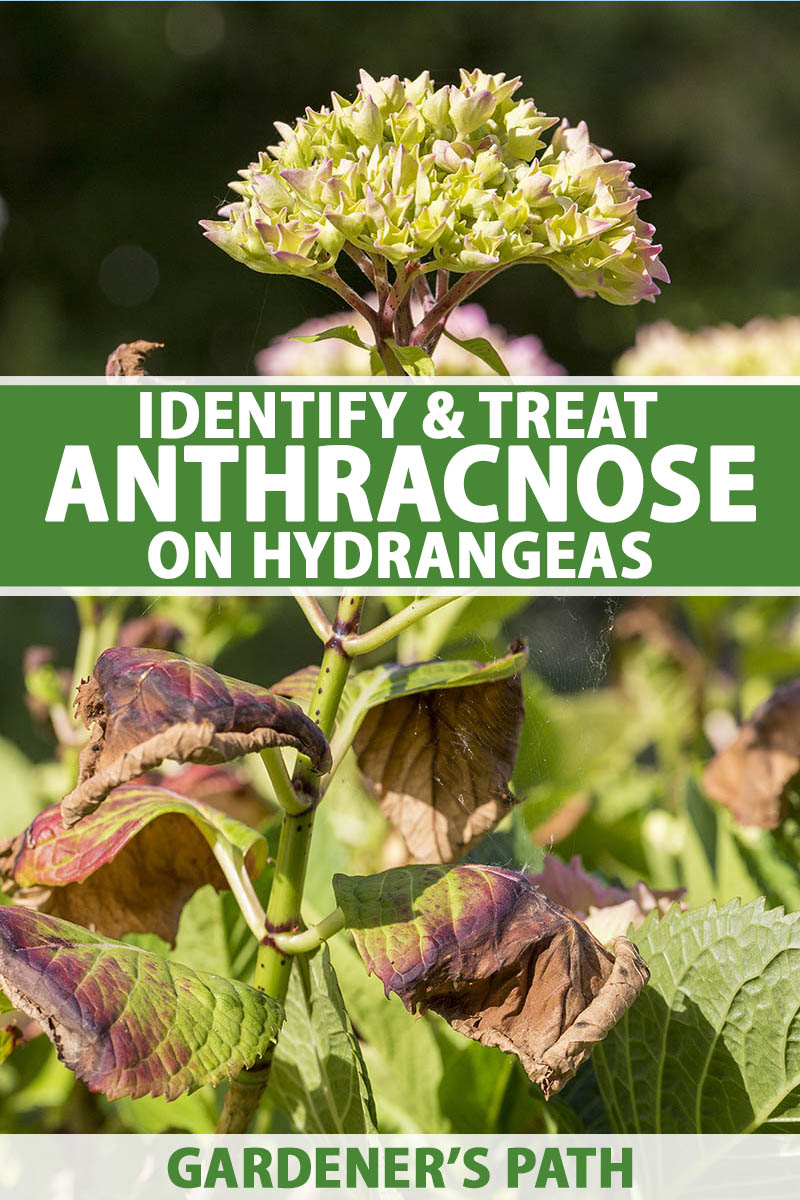The Only Guide for Hydrangea Leaves Turning Yellow
Wiki Article
Our Hydrangea Leaves Turning Yellow Diaries
Table of ContentsHydrangea Leaves Turning Yellow Can Be Fun For AnyoneA Biased View of Hydrangea Leaves Turning YellowEverything about Hydrangea Leaves Turning YellowThe Best Guide To Hydrangea Leaves Turning YellowGet This Report about Hydrangea Leaves Turning YellowThe 45-Second Trick For Hydrangea Leaves Turning Yellow
Sprinkling your plant with hard water triggers the plant's leaves to transform yellow, however the veins will certainly remain environment-friendly. This condition is called interveinal chlorosis, in which the yellowing is extra evident on the more recent and expanding leaves. Nitrogen is a primitive nutrient for plants. It is used in the building and construction of amino acids and hence adds to DNA and RNA manufacturing.Those signs include stunted growth and the yellowing of lower, older fallen leaves in the plant. We're below to aid you with that (Hydrangea Leaves Turning Yellow).
Iron-tone is all set to utilize and calls for no mixing and will recover deep green shade to chlorotic yellow plants, FOR ORGANIC HORTICULTURE: Iron-tone is accepted for organic gardening; It is a signed up Organic Input Product meaning it satisfies all needs for organic production, MADE IN THE U.S.A.: Product of the Espoma Firm.

The Facts About Hydrangea Leaves Turning Yellow Uncovered
This is one of the most common issues that brand-new hydrangea garden enthusiasts and knowledgeable professionals go through every period. There are a couple of, extremely typical, elements that could create your hydrangea leaves to become discolored and brownish.
Water in percentages, frequently allowing the water time to drain. Due to too much fertilizing in summertime, a shed might show up on the fallen leaves. Hydrangeas do not need too much when it comes to fertilizing. They gain from an application of fertilizer in the spring. Feeding in the summer season warm can get complicated.
You might see some brown edges on your fallen leaves. The leaves might end up being crunchy. This is plant food shed. The burn shows up on the leaves, but that does not imply that the plant food really reached the fallen leaves. This kind of melt generally comes from the origins, and that suggests you might have zapped the roots too.
8 Easy Facts About Hydrangea Leaves Turning Yellow Explained
If you have found these crispy leaves on your plant, you can leave them. Or you can snip them off to help the appearance of your plant. Hydrangeas can have problems with typical yard pests such as.Knock the beetles into a bucket of soapy water, or use a strong spray from your hose pipe to interrupt the aphids. You can likewise spray soapy water onto every one of the plant's surface areas. Along with these straightforward methods, you can to help do away with these bugs. It is vital to review the application price details that can be discovered on the tag of the pesticide.
You great post to read can attempt to stop fungal illness by keeping your yards cool and complimentary of debris. These leaves that will certainly remain, waiting to attack in the following growing season.
Copper fungicides are, but if they are overused they can come to be hazardous to your plant. Clip the fallen leaves, and remove them from the yard.
The 3-Minute Rule for Hydrangea Leaves Turning Yellow

To quickly correct this, you will wish to water your hydrangeas!.?. !! Water them gradually so the plants can absorb that water. Typically in locations where plants have ended up being dried, the dirt is dry and the overflow of water comes to be a trouble. Adding water to extremely dried out dirt and the problem will not Check This Out fix itself.
If this is a reoccuring issue, you probably need to rethink your watering routine. Developed plants might require to be sprinkled one to 3 times weekly, depending upon your problems. These hedges will certainly do ideal with one inch of water per week. It may seem alluring to spray the fallen leaves down.
Water the base of the plant,. When the plant has rebounded, you can resume a regular watering schedule.
Hydrangea Leaves Turning Yellow - Truths
You can try to protect against fungal illness by keeping your yards cool and complimentary of debris. These fallen leaves that will remain, waiting this contact form to attack in the following growing season.Copper fungicides are, yet if they are overused they can come to be poisonous to your plant. Clip the leaves, and remove them from the yard.
If they aren't obtaining enough water, their fallen leaves will brownish. Hydrangeas have a in the lunchtime sunlight, and bouncing back when the sun has actually changed and the plants have some time to recuperate. If this occurs repeatedly you may observe brownish and crunchy leaves that are drooping. This is their method of letting us recognize that it requires some additional moisture.
!! Water them slowly so the plants can soak up that water. Typically in areas where plants have become dried out, the soil is dry and the runoff of water becomes a problem.
Little Known Facts About Hydrangea Leaves Turning Yellow.
If this is a reoccuring concern, you most likely need to reassess your watering routine. Developed plants might need to be watered one to 3 times per week, depending on your problems. These shrubs will certainly do finest with one inch of water per week. It might seem alluring to spray the leaves down.Water the base of the plant,. As soon as the plant has recoiled, you can resume a regular watering timetable. Many varieties and ranges prefer partial sun. Panicle hydrangeas enjoy full sunlight, but the remainder of the group truly suches as partial shade. Partial color offers concerning four to 6 hours of sunshine.
Report this wiki page